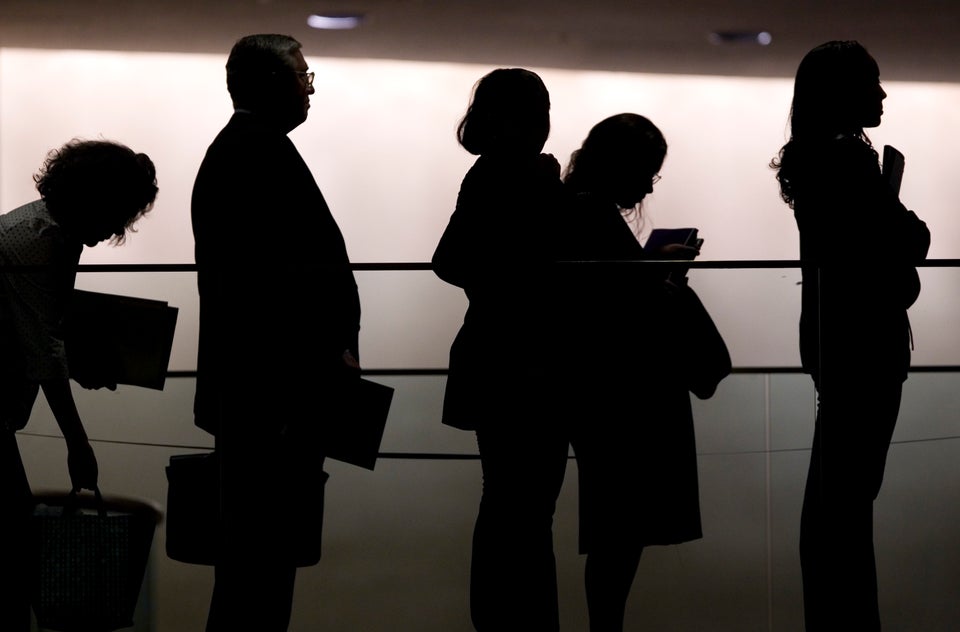
We are at a place where 175,000 new jobs per month is widely considered "good" job growth. According to a new Fed study, it won't be very long before merely adding 35,000 jobs per month is good enough.
In other words, enjoy this lousy labor market, because this might be just about as good as it gets in terms of job growth.
In their latest newsletter, economists with the Chicago Federal Reserve estimate that, given the number of people leaving the labor force, it should only take about 80,000 new jobs to drive the unemployment rate lower. By the year 2016, that number will fall to just 35,000. In the past, the rate of job growth necessary to lower unemployment was more like 150,000 jobs.
Careful readers of the latest news might be confused right now, recalling that just on Friday the Bureau of Labor Statistics said that non-farm payrolls grew by 175,000 jobs in May, but the unemployment rate actually went up, to 7.6 percent. The stock market cheered the 175,000 new jobs, which was better than economists had expected.
Does that mean the Chicago Fed is already wrong about its thesis? If we only need 80,000 jobs to get unemployment down, then why did unemployment go up when we got more than twice that many jobs?
One answer is that the two numbers -- payrolls and unemployment -- are based on different surveys. They aren't always consistent month to month. The payroll number comes from a survey of employers, while the unemployment rate comes from a much smaller survey of households. The payroll numbers will also probably be wildly revised in the months and years to come.
The Chicago Fed is trying to figure out long-term trends in the economy, rather than trying to predict the noisy month-to-month swings in the data. One reason unemployment rose in May was that 420,000 workers decided to poke their heads into the labor market to see if there was any work available, making themselves eligible to be counted as "unemployed" when they didn't find it. If that trend continues for a while, we could see unemployment rise a bit, even if decent job growth continues.
What's more, there's still lots and lots of slack in the system, due to the miserably sluggish recovery from the Great Recession. The Chicago Fed estimates that the economy was under-employed by about 6 million jobs by the end of 2012, or about 4 percent below its trend rate of employment. If the economy picks up more steam in the months ahead -- and that is not likely for at least several more months, while the effects of federal budget sequestration work through the economy -- then we would need to see some big job gains of nearly 200,000 jobs per month just to take up all that slack.
In the longer run, though, the picture is not so rosy. The Chicago Fed figures that the retirement of baby boomers and an expected dramatic slowdown in immigration is going to limit the number of people who are involved in the labor force. The labor-force participation rate, the percentage of working-age adults working or looking for work, is still mired near its lows of the Great Recession. The Chicago Fed expects it will keep getting lower. That means, over the longer haul, it will take many fewer jobs to nudge down unemployment than it once did.
This also means that the decline in the unemployment rate to the "natural rate" of unemployment that the Chicago Fed estimates as 5.25 percent may not be accompanied by rip-roaring job growth like we saw in the 1980s or 1990s. Instead, there will be many more retirees on the sidelines, depending in part on the earnings of those who are still working.
